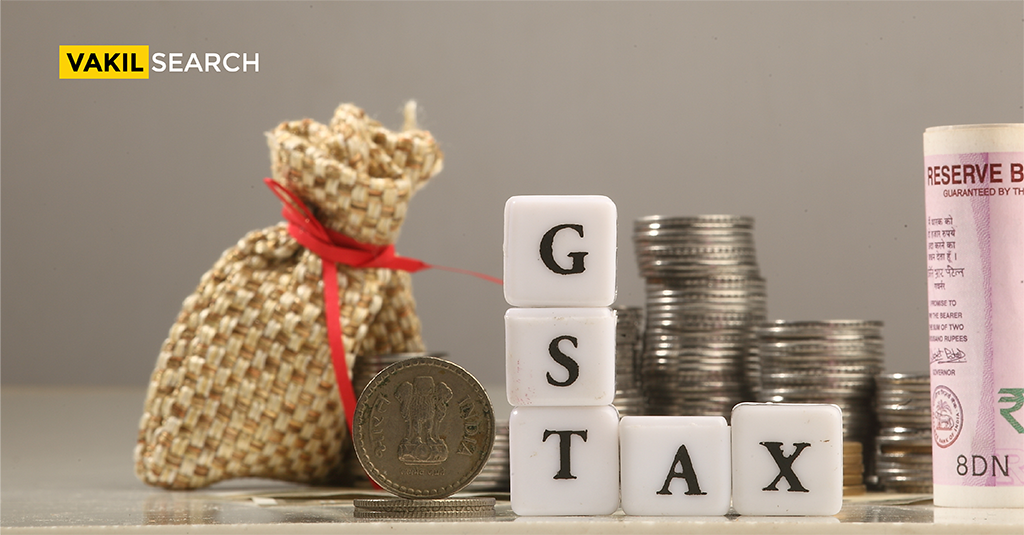An actionable claim is one that seeks payment for a debt owed in connection with a benefit from moveable property that is not already in the claimant's possession.
A claim to any debt, other than a debt secured by a mortgage of immovable property or by any beneficial interest in any moveable property that is not in the claimant’s real or constructive ownership, or any mortgagee or pledge of transfer of property that the Civil Courts recognise as providing grounds for relief, regardless of whether the debt or beneficial interest is existing, accruing, conditional, or contingent, is considered an actionable claim under the GST Act.
In a nutshell, an actionable claim is one that the creditor may assert against the claimant for any sort of debt—whether actual or constructive—that is not secured by a mortgage of immovable property, hypothecation of moveable property, or a pledge of movable property. The claimable debts must be acknowledged by the civil courts as justification for relief. A court of law may enforce actionable claims.
What is Actionable Claim in GST?
Actionable Claims are those that meet the definition outlined in Section 3 of the Transfer of Property Act, 1882, according to Section 2(1) of the CGST Act, 2017.
The Transfer of Property Act defines an “actionable claim” as:
- A claim to any obligation, other than one that is secured by a mortgage on real estate, a pledge of personal property, or both,
- Claim to any beneficial ownership stake in the tangible property that isn’t already in their real or implied possession.
Additionally, the civil courts acknowledge such actionable claims as providing grounds for redress. Whether the debt or beneficial interest is actual, accumulating, conditional, or contingent makes no difference.
In a nutshell, the definition of actionable claims consists of two parts:
- A demand for unpaid debt,
- Any ownership stake in the moveable item that the claimant does not now own.
Actionable Claims only apply to products; they do not apply to services. According to Section 2(52) of the CGST Act, “goods” include any type of moveable property other than money and securities, including anything attached to land that is agreed to be severed before supply, growing crops, grass, and actionable claims.
Example: Because the transfer or assignment of Actionable Claims may be subject to GST, it is crucial to understand the legislation about these claims. This is so because Actionable Claims are considered “Goods” under the GST Law. For instance, when it comes to banks and non-banking financial institutions, these entities shift their claims or loan portfolios to a special purpose vehicle (SPV) rather than investing substantial quantities of cash. Since the government could earn a lot of money from a transfer of actionable claims, it may closely monitor the banks and NBFCs carrying out such transfers. Due to the fact that such transfer claims will be subject to GST registration under the GST Law, it is crucial for such Banks to understand the law of Actionable Claims in GST.
Actionable Claim Examples
The following might be instances of Actionable Claims based on the definition provided in Section 3 of the Transfer of Property Act:
- Possibility of claiming rent arrears
- Money due in accordance with a pricing or advance agreement
- Right to claim contract benefits
- Apart from maritime insurance, an insurance claim
- Raffle ticket
- Possibility of crediting a provident fund
- Dividends on securities including shares, debentures, and bills of exchange, among others.
- A stake in a partnership’s assets
- A license’s underlying right
- Options to acquire shares or rights to share
- Bank promise
Experience efficiency in tax planning. Use our Online GST Calculator to streamline your business finances and compliance efforts.
Some Non-Actionable Claim Examples
The claims listed below are non-actionable claims under GST. These consist of:
- A judgment for debt
- Copyright
- Right to sue for damages if a contract is broken
- Suing ability
- Vouchers & Coupons
Transfer of Actionable GST Claims
Actionable Claims are transferable, it should be mentioned. Sections 130 to 137 of the Transfer of Property Act address the provisions relating to the transfer of Actionable Claims.
According to these provisions:
- Actionable Claims may only be transferred through a written document. The transferor or his designated agent must sign such an instrument. Additionally, it must be finished and only takes effect once the instrument is executed. All of the transferor’s rights and remedies pass to the transferee at execution.
- The transfer of the Actionable Claim may take the form of a sale, exchange, gift, mortgage, etc.
- A back-of-the-document endorsement might be used to assign an actionable claim. An endorsement of this nature states that the actionable claim is sufficient and that no other document is necessary.
- From the time that such an assignment is made, the Actionable Claim will be transferred.
- After the transfer, the transferee is held accountable for any debts and obligations that the transferor owed as of the transfer date.
- The notification of transfer must be given to the debtor by the transferee for the debtor’s own use. After receiving such a notification, the debtor is now responsible for paying the transferee for the debt.
- Last but not least, the notification sent to the debtor must be in writing and include the transferee’s name and address.
Conclusion
Lastly, as the transfer of actionable claims is included in the GST definition of goods, it shall be subject to GST. There are also questions, nevertheless, about whether Actionable Claims should be considered products and if there would be complications because of this. If you want to learn more about this, contact Vakilsearch, as it offers substantial and crucial information in the area of the same.
Also Read:










